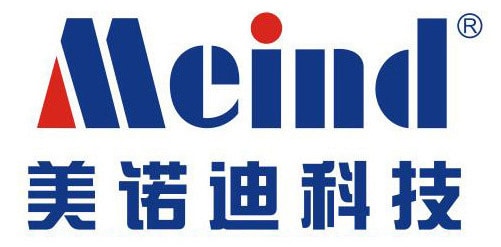In an industry where size is everything — larger engine, smaller accessories, and lighter weight — it’s easy to make inaccurate assumptions and create undesirable problems for yourself.
Unfortunately, in my line of work, I have witnessed many instances of undersized inverters being used by operators in an effort to save a buck.
Unfortunately, in my line of work, I have witnessed many instances of undersized inverters being used by operators in an effort to save a buck.
When operating below recommendation, the electrical system is far fr om efficient and can prove troublesome.
So … the million dollar question is: What size inverter SHOULD I have in my system?
And the obvious answer is … well, it’s really NOT so obvious!
The truth is, this decision all depends on exactly how you want and/or intend to use your inverter.
Let’s consider some questions to help you understand how to make the best choice for your unique application.
And the obvious answer is … well, it’s really NOT so obvious!
The truth is, this decision all depends on exactly how you want and/or intend to use your inverter.
Let’s consider some questions to help you understand how to make the best choice for your unique application.
How much load (electronics/appliances) do you want to run when disconnected fr om shore power?
It’s important to look at the wattage draw of ALL of the appliances, plus to leave some room for future additions.
If you have a 1000W A/V system, for example, and install a 1000W inverter, you’re probably asking for problems.
You see, inverters are rated for their optimum performance under optimum conditions. If the inverter gets hot, or the battery voltage drops, the inverter’s ability to feed a constant 1000W may be compromised.
Also, surges in power draw (such as turning on a motor) can affect the ability of the inverter to maintain proper output.
If you have a 1000W A/V system, for example, and install a 1000W inverter, you’re probably asking for problems.
You see, inverters are rated for their optimum performance under optimum conditions. If the inverter gets hot, or the battery voltage drops, the inverter’s ability to feed a constant 1000W may be compromised.
Also, surges in power draw (such as turning on a motor) can affect the ability of the inverter to maintain proper output.
Consider this example and accompanying formula.
If you are going to plug-in two devices simultaneously, add up the total wattage of both devices, and then add at least 50% more to account for peaks or spikes in the power draw.
(1) Monitor 100 watts
(2) Portable lights 100 watts
Recommended size of inverter:
200 watts (100 watts + 100 watts) + 100 watts (50% X 200 watts) = 300 watts
Obviously if you know for sure that two loads are never going to run at the same time, your calculation can include the higher draw load exclusively.
My advice? Use common sense here, but always err on the side of the inverter.
After all, nobody wants to have to remember to turn off the entertainment center when using the microwave to pop the popcorn!
If there is any possibility of the loads running concurrently, include both in your calculations.
After all, nobody wants to have to remember to turn off the entertainment center when using the microwave to pop the popcorn!
If there is any possibility of the loads running concurrently, include both in your calculations.
Approximate power requirements for commonly used electronics:

What are other important considerations?
Some loads, like motors or other inductive loads, have an extremely high demand at start-up, some as high as 5-times their rated power (check with appliance manufacturer for more information).
Most inverters have a fairly high surge rating which is their ability to feed short-term high power to get these loads started.
There’s no sure-fire way of knowing the appliances surge demand, without testing, since such data is not labeled.
Most inverters have a fairly high surge rating which is their ability to feed short-term high power to get these loads started.
There’s no sure-fire way of knowing the appliances surge demand, without testing, since such data is not labeled.
While high frequency inverters are cheaper and more efficient, low frequency inverters can surge better, and for a longer period of time.
However, depending on your load mix, it may be better to use a larger, high-frequency inverter than a smaller, low-frequency inverter to provide instant start-up current for some loads, plus available power to run all loads at once.
However, depending on your load mix, it may be better to use a larger, high-frequency inverter than a smaller, low-frequency inverter to provide instant start-up current for some loads, plus available power to run all loads at once.
What is a pure sine wave inverter? Does it have to do anything with inverter sizing?
It is not directly related to inverter sizing, however you must take into account the type of electronics and appliances you want to run using the inverter.
Let me briefly explain the two types of inverters. You could refer to our previous article “Pure Sine Wave v/s Modified Sine Wave: Which is better?”.
Pure Sine Wave Inverters produce AC power that is similar to power available fr om the public utility grid system.
They are expensive compared to modified sine wave inverters, but they produce quality output that operates the most sensitive and sophisticated electronics.
They are expensive compared to modified sine wave inverters, but they produce quality output that operates the most sensitive and sophisticated electronics.
Modified Sine Wave Inverters produce AC power that is sufficient to run most electronics.
However, the laser printer, fax machine, laptop, plasma television set and medical equipment may not run properly with modified sine wave power.
